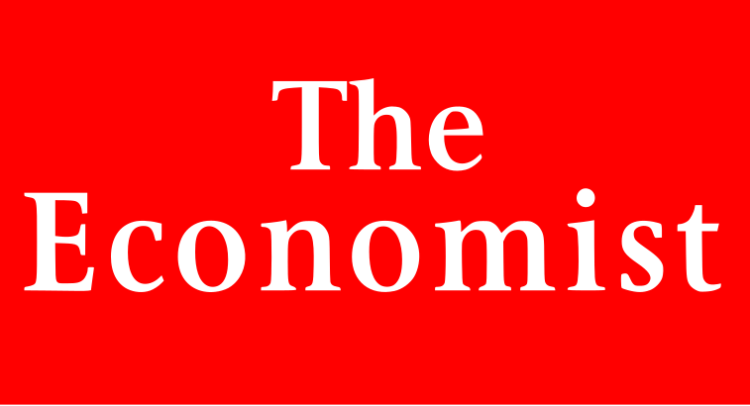The Economist published the results of the Big Mac Index, the comparative exercise with which it measures the undervaluation or the overvaluation of a currency against the dollar, taking into account the price of a Big Mac, a hamburger produced and marketed by McDonald’s…//
Mexico’s El Economista newspaper reports that with the recent depreciation of the peso against the dollar, which some analysts said was due to the increase in the rates of the Federal Reserve of the United States, and others attribute to the reaction of the markets after the cancellation of the construction of the airport in Texcoco decided by President-elect Andrés Manuel López Obrador, the Mexican currency now presents an undervaluation of 44.48%, if the Big Mac Index is valid.
Last July, The Economist (UK) published the results of the Big Mac Index, a comparative exercise that measures the undervaluation or overvaluation of a currency against the dollar, taking as a reference the price of the Big Mac, a hamburger produced and marketed by the chain global fast food McDonald’s.
At the time of publication of the Big Mac Index, the The Economist exercise put the undervaluation of the peso against the dollar at 53.3 percent. With recent local and international events, and an average quote last week of 20.15 pesos per dollar, the undervaluation rate can be calculated at 44.48%. This is the percentage by which the Mexican peso is below what should be its real value.
Based on the cost of this hamburger in the US, the Big Mac Index is used as a simple and informal reference to calculate the purchasing power parity (PPA), a measurement system used by institutions such as the International Monetary Fund to compare the standard of living between different countries. The theory of purchasing power parity states that the exchange rates between the various currencies should be such that it allows a currency to have the same purchasing power anywhere in the world.
Under the logic that the exchange rate should move towards a rate that equals the prices of an identical basic basket and services (in this case, a hamburger) in any country, if the price of the hamburger is below the price of the one that is sold in the United States, this would be a sign that the local currency is undervalued with respect to the dollar.
The current price of the Big Mac in Mexico is 50 pesos. In the United States, its cost is $ 5.51 USD. With an exchange rate of 20.15 pesos per dollar, the price of the Big Mac should be 111 pesos. Of the difference between the price of commercialization of the product in a country against which it should have if the exchange rate is taken into account and taking as a reference the cost in the United States, the proportion between both currencies is obtained. Thus, the Big Mac in Mexico is 44.48% below the price of that sold in the United States, which extrapolates what should be the relationship between the value of the peso and the dollar.
Thus, the Big Mac index is considered an indicator of the purchasing power of an economy. The Bic Mac index has been published annually by The Economist since 1986 and is qualified as a simplified indicator of the individual purchasing power of a country. The Big Mac is used as a benchmark because it is available in almost all countries and is manufactured in a standardized size, composition and quality.
Agustín Carstens, then the governor of Banxico, faced with the scenario of a sharp depreciation of the peso against the dollar as a result of the arrival of Donald Trump to the White House, declared on March 23, 2017 that the peso was trading much closer of the level that it should, although it was still below its value by no more than 10%; That day, the price was 18.95 pesos per dollar.
Source: El Economista (Mexico)





